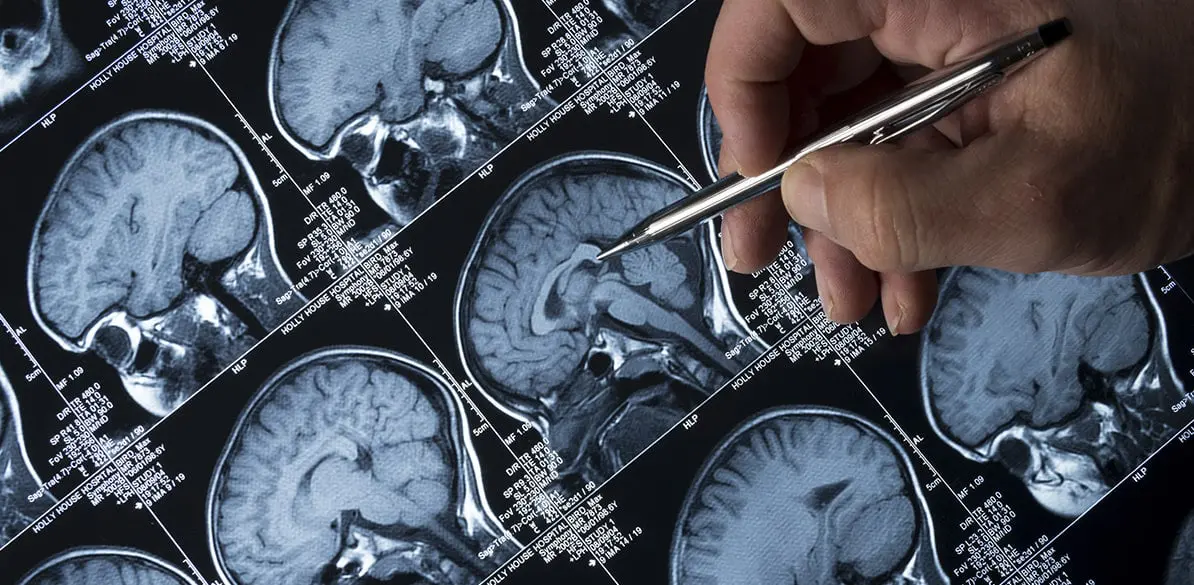Convulsive disorders and their interference with driving

The discharge results in an almost instantaneous disturbance of sensation, loss of consciousness, affectation of the psychic function, seizures, or some combination of them.
Considering that the crises are due to an aberrant electric activity in virtually any part of the brain cortex, and perhaps also still in the cerebellum and subcortical structures, it can be expected that almost any conceivable form of human experience can be caused by the critical discharges.
However, although this is literally true, usually the term epilepsy, also called convulsive disorder, is used to characterize the relatively stereotyped recurrent crises of behavior and involuntary experience.
Currently, epilepsy could affect more than six million people in Europe, and nearly 50 million people in the world.
Near 2% of the world population suffer epileptic crises, an incidence that is growing. Only in Spain there are today about 400,000 patients.
30% of the patients with epilepsy are unemployed and of those affected in Spain, 80% hide their neurological condition.
However, the patient can live with the disease and fulfill a normal life, though the patient often is not involved or participate in his disease, which potentiates the lack of diagnosis in different types of epilepsy and the therapy failures.
Convulsive crises
Which are the most common manifestation, start with the loss of consciousness and of the motor control, and tonic or clonic seizures of all the extremities, though there are other different patterns of epileptic crises.
In many disorders, the seizures are only transient and do not relapse once the disease causing them is cured, but in other cases, the seizures can recur at intervals for years or indefinitely if there is a permanent injury, establishing the diagnosis of epileptic disease.
Etiology of the convulsive crises by age
In adolescents up to 18 years of age, the seizures can be idiopathic, or be due to injuries, alcohol and drug withdrawal, arteriovenous malformations, and degenerative diseases.
In young adults between 18 and 35 years, the seizures are due to injuries, alcoholism, cerebral tumors, and degenerative diseases.
In adults older than 35 years, the seizures are originated by brain tumors, cerebrovascular disease, metabolic renal, liver, electrolyte disorders, hypoglycemia, alcoholism, and degenerative diseases.
The epileptic driver has a potential risk of accident, both for the possibility of loss of consciousness and for the effects of the medication taken.
In fact, a higher incidence of traffic accidents has been seen in epileptic drivers than in the controls.
Symptoms and signs
- Simple partial crises start with specific focal motor, sensory, and psychomotor events, without loss of consciousness. At times, they are the epileptic auras that precede a generalized crisis.
- Complex partial crises are associated with a disorder or loss of consciousness, together with self-injuries such as lip cracking, chewing or wandering gait. They can be estimated to account for around 40% of the cases of epilepsy among drivers.
- Generalized crises usually affect from the start both the level of consciousness and the motor function.
Prodromal symptoms
Epileptic attacks, particularly the convulsive ones, can be preceded by nonspecific symptoms from hours to days before the crises, consisting of irritability, mood changes, sleep disturbances, appetite changes, and of behavior in general.
These prodromes are sometimes very brief and only last some minutes or moments, when the patient notices nervousness, disability to concentrate and great anxiety.
Patients with motor or sensory crises affecting a extremity notice in it strange sensations before the attack.
In epilepsies with crisis of the temporal lobe, the prodromes tend to be of psychosensory nature.
Advice on convulsive disorders
- The function of the physician is to control the individual characteristics of epilepsy, to obtain from the patient the essential treatment continuity and advise the epileptic patient in his adaptation to his professional and social life, where driving plays a major role.
- If necessary, the physician will advise against driving for safety, and will notify it to the close relatives so that they also collaborate with the patient, avoiding risks when driving.
- If driving the patient notices prodromal epileptic symptoms, he should stop immediately and ask for assistance. He never drive to the hospital.
- In many cases of epilepsy an aura is not identified prior to the crisis, and an amnesic period after is common, which makes the prevention of epileptic crisis during driving difficult.
- If the patient has been one year without seizures or loss of consciousness, he can drive, provided the underlying disease, the medication and his physician allow for it.
- With a favorable report from the neurologist stating the diagnosis, treatment compliance, frequency of crises, and medication without side effects for driving, the patient can extend his driving license in the periods established by the law.
- It is advisable that these drivers take their medical report in a visible place inside the car so that they can be adequately managed, and also that they carry their emergency medication in an accessible place.
- All epileptic patients who despite the treatment can have risk of loss of consciousness cannot drive.
- The patient with myoclonic shaking that could affect the safety of driving will need at least 3 months free from shakes, and a favorable report from the neurologist.
- In case of a history of a non-characterized single convulsive disorder or secondary to drugs, abuse drugs, or post-surgical, a period of 6 months free from crisis should be accredited with a neurological report.
